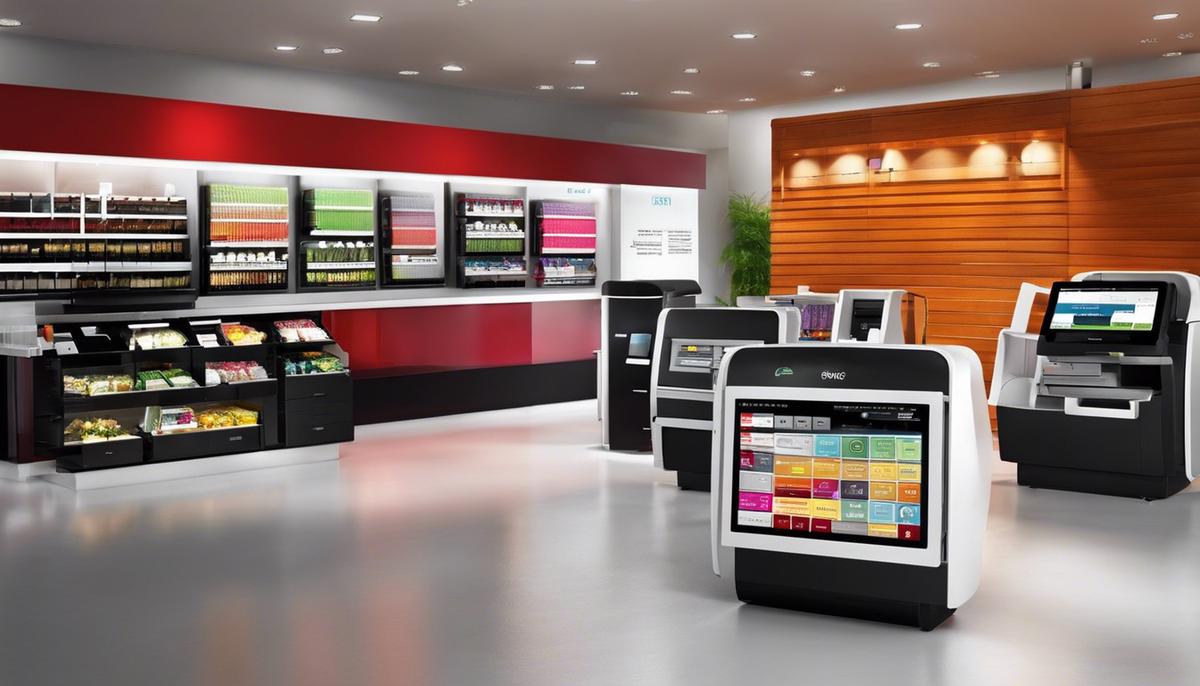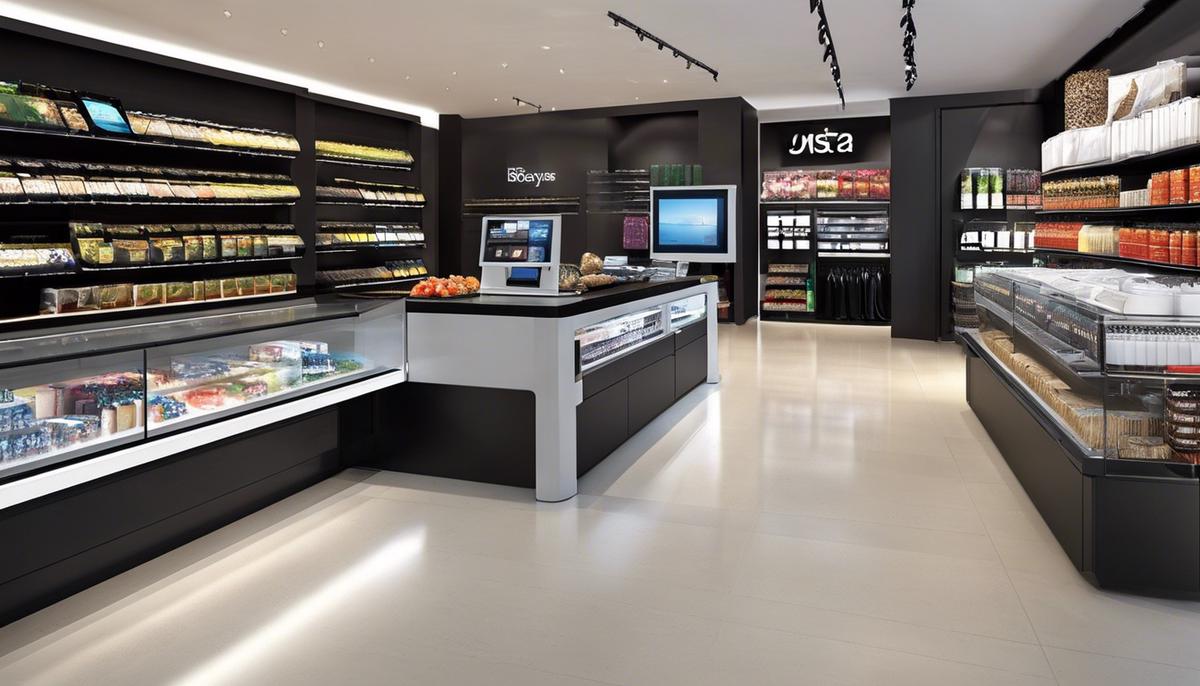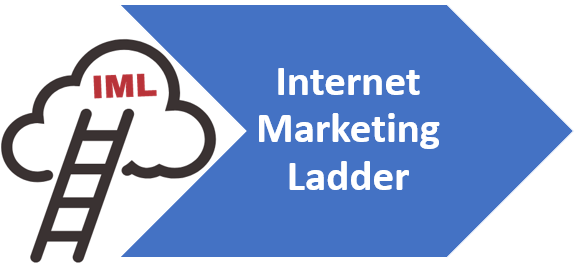Optimize Your Checkout: POS Essentials
Point of Sale system requirements
In an age where commerce marries technology, the heartbeat of a retail operation often lies within its Point of Sale (POS) system. The right POS can unequivocally transmute the hustle of daily transactions into a symphony of efficiency and precision. At the heart of this technological nexus are core functionalities that enable businesses to shine. From processing sales with the flick of a fingertip to managing a kaleidoscope of inventory, these systems aren’t just about ringing up purchases—they’re about delivering the insights and control that catapult a business forward. As we embark on a journey through the nuances of POS systems, we invite you to consider how these paradigms of commerce not only connect with customers but also serve as the nerve center of a thriving business.
Core Functionalities of a POS System
The Essential Features Your POS System Can’t Live Without
In the bustling world of commerce, whether it’s retail, hospitality, or any service-driven industry, one thing remains unabashedly clear: your Point of Sale (POS) system isn’t just a tool but the lifeline of your business operation. Navigating the labyrinth of options in the POS market can feel overwhelming, but fear not. Here’s a distilled list of non-negotiable features that every POS system absolutely must boast to ensure your business not only survives but thrives in today’s cutthroat market.
First off, let’s talk about the User Interface (UI). The system must be intuitive and user-friendly. A complex system can slow down transactions and frustrate staff and customers alike. Time is money, and in the world where a second’s delay can cost a sale, a streamlined, easy-to-navigate UI is a keystone of your POS fortress.
Reliability is not negotiable. A POS system that crashes is like a heart that skips a beat—it can cause chaos in the bloodstream of commerce. Ensure your system offers strong support and stability, even during peak hours. Look for platforms that promise minimal downtime and quick recovery options in case of outages.
Connectivity and Integration capabilities must top your checklist. Today’s business ecosystem relies on synchronization between various tools and software. A POS that doesn’t communicate fluently with your inventory, accounting, or CRM software is as good as a ship without a rudder, directionless and unproductive.
Now, let’s talk scalability. Your business is not a static entity; it’s a living, growing force. The POS system chosen must be able to grow with the business, accommodating new locations, products, and transaction volumes without missing a beat.
The next absolute essential is Security. In an era where data breaches are the nightmares of headlines, your POS system must be ironclad. Look for end-to-end encryption, compliance with payment industry standards, and robust data backup structures. Your customers entrust their payment details to you, a responsibility that cannot be taken lightly.
Real-time Reporting and Analytics play a pivotal role in strategic decision-making. Knowledge is power, and a POS system that offers insightful analytics enables proactive business decisions. Knowledge about best-selling items, peak hours, and customer preferences can forge a strategy that keeps you ahead of the competition.
Last but not least, flexible Payment Processing options are crucial. In the age of Apple Pay, Google Wallet, and cryptocurrency, limiting payment options can be the Achilles’ heel for any retail establishment. Ensure your POS supports a myriad of payment methods, thereby never giving your customers a reason to walk away due to a ‘Sorry, we don’t accept that’ situation.
Summing up, remember that your POS system is not just a cash register, but the command center of your business. Invest in it wisely, and make no compromises on the essentials. The right choice will not only streamline everyday sales but also pave the path for long-term strategic success. After all, in the world of business, the right tool doesn’t just do the job—it propels you to the forefront of innovation and growth. Choose a POS that positions your venture at the very peak of efficiency and security, and never look back.

Integrations and Compatibility
In a world where digital interconnectivity reigns supreme, the right point of sale (POS) system bridges the gap between a good customer experience and a stellar one. Beyond the sleek interface and the rock-solid reliability every savvy entrepreneur demands, savvy integration becomes the lifeblood of a truly modern POS system.
Consider this: every transaction is an opportunity, not simply to exchange goods and services for payment but to gather valuable insights, adjust inventory in real time, and to streamline operations across platforms. Without strong integration capabilities, businesses are merely treading water while competitors are riding the digital wave to efficiency and profitability.
A truly interconnected POS system feeds directly into CRM platforms, allowing for seamless customer relationship management. Instantly updating customer profiles with purchase histories, preferences, and loyalty points galvanizes the personalization of services, spelling the difference between a repeat customer and a lost opportunity. The modern entrepreneur knows their customers are their most valuable asset; a POS system’s ability to integrate with CRM is not a luxury, it’s a fundamental necessity.
Moreover, inventory management must be a symphony of precision; a POS system that integrates with inventory management software ensures stock levels are adjusted the moment a sale processes. Flawless integration avoids the financial sinkhole of overstocking, and the brand-damaging blunder of understocking.
Let’s talk about the bottom line. A POS system isn’t just a cash register; it’s a financial nexus, processing payments and integrating with accounting software to funnel data directly into financial reports. This integration is a titan of efficiency, slashing man-hours on manual data entry and minimizing human error, thereby swelling that coveted margin and, ultimately, increasing the business’s net worth.
Lastl, in an era where e-commerce plays a dominant role in many businesses’ revenue streams, POS systems must interact perfectly with online sales channels. Integration here ensures that every online transaction reflects immediately in the broader sales ecosystem, painting a real-time picture of a business’s financial health.
To remain competitive in the voracious landscape of modern commerce, an entrepreneur harnesses every tool to sculpt their success. A POS system that lacks the muscular integrations necessary to dovetail with other business processes is an obsolete tool; one that belongs in the past, not on the cutting edge of today’s bustling marketplace. The driving force of a savvy enterprise is information flow – and it is the lifeblood pumped by a fully integrated POS system. Choose wisely, grow dynamically, and profit immensely.

User Experience and Training
In the bustling marketplace of today, the customer experience reigns supreme, and nowhere is this more evident than in the realm of point-of-sale (POS) systems.
A seamless user experience (UX) is not just a bonus; it is the cornerstone of a POS system’s effectiveness in the hyper-competitive landscape of retail and hospitality.
Speed:
In the world of instant gratification, speed is the currency of choice. A POS system must deliver lightning-fast transaction processing to keep pace with customer expectations and minimize bottlenecks during peak hours. Any lag can lead to long queues, frustrated customers, and, ultimately, a hit to the brand reputation.
Customization:
No two businesses are identical, and a one-size-fits-all approach does not cut it in the world of POS. Tailoring the POS system to suit particular business needs allows for a streamlined operation that speaks directly to the targeted consumer base. Customization spans everything from the aesthetic elements to the functional aspects of the POS platform.
Employee Training and Satisfaction:
An often-underestimated variable in the POS equation is the staff using the system. A POS system must be as employee-friendly as it is customer-centric. Simplified training processes lead to confident staff, better service, and a more efficient use of the business’ human resources.
Customer Feedback Integration:
The modern entrepreneur knows that customer feedback is gold dust. Integrating the ability to capture and respond to this feedback within the POS system itself empowers real-time service adjustments and demonstrates a commitment to customer satisfaction that breeds loyalty.
Environmental Adaptability:
The POS system should accommodate the noise and chaos of a crowded retail environment just as well as it does the hushed tones of a high-class dining establishment. The system’s design must adapt to various environments, ensuring a consistent and unobtrusive presence that complements the ambiance.
Through a relentless pursuit of these UX priorities in POS system design, technology enthusiasts are setting the stage for business growth and customer retention. In this challenging and ever-evolving marketplace, only those equipped with a POS system designed with the user’s experience at its core will thrive and dominate. For savvy business operators, an investment in a superior POS user experience isn’t just about staying current—it’s about leading the charge.

Security Measures
Amidst the digitized commerce landscape, a paramount factor often relegated to a lower rung is the stringent compliance with industry standards and regulations for POS systems.
This non-negotiable element, well beyond a mere bullet point in a business’s operational manual, is the linchpin for a system’s ability to stand as a formidable fortress against data breaches.
Compliance with standards such as the Payment Card Industry Data Security Standard (PCI DSS), is more than a mere certification—it is a shield that safeguards sensitive customer payment data with a set of stringent controls.
This involves implementing multiple layers of defense, such as network segmentation to minimize the exposure of the POS system to other network traffic, thereby tightening the grip on security.
Additionally, smart card reader technology and tokenization further fortify the POS system.
Incorporating EMV-compliant chip card readers is akin to the transformation from a traditional keypad lock to a biometric system, significantly reducing card-present fraud.
Tokenization takes sensitive payment information and replaces it with a unique identifier, rendering the data worthless if intercepted by cybercriminals.
Innovation also comes through the integration of advanced algorithms and machine learning into fraud detection systems, weaving a web of analytical prowess that can flag and halt suspicious transactions in milliseconds.
This predictive approach revolutionizes security measures, acting as a vigilant sentinel for every transaction passing through the POS.
Moreover, the POS ecosystem extends its fortifications through continuous software updates and patches, addressing vulnerabilities and thwarting the constant barrage of new threats.
It is tantamount to an unbreachable wall that is continuously reinforced, ensuring no weak spots are left for exploitation.
The synergy of dynamic user access controls infuses another level of fortification.
By employing role-based access, not every employee wields the keys to the kingdom; access is tailored precisely to the role, mitigating internal threats and reducing the risk of data leakage to a mere trickle.
Lastly, a concerted strategy that unites formidable hardware, robust software, and unwavering vigilance creates not just a fortress but an impregnable fortress that stands as a testament to a business’s commitment to safeguarding its customers’ trust.
This defensive trifecta, in an age of digital vulnerability, is the hallmark of a POS system built not just for today’s transactional needs but for the enduring confidence of every customer served.

Scalability and Flexibility
Point-of-Sale (POS) systems are not just about transactions; they are central command units vital to operational efficiency and strategic expansion in today’s business landscape.
As businesses forge ahead, embracing a POS system that is not just responsive but anticipative of emerging market trends is pivotal.
A POS system with an open API architecture takes precedence. The reason is simple yet profound: it enables augmentation with next-gen technologies. Imagine a scenario where new functionalities, like AI-based predictive analytics or advanced loyalty program algorithms, can be integrated with a click. Open APIs demolish the constraints of legacy systems and usher in a future-proof retail ecosystem.
Moreover, a POS system must proactively push the boundaries of customer engagement through mobile compatibility. Empower customers with the ability to check out using mobile devices or through self-service kiosks—anytime, anywhere. This mobile mindset captures a demographic that prizes convenience and speed, subsequently boosting the bottom line.
We must also not overlook the environmental footprint of POS systems. The quintessential modern POS leverages cloud services to reduce hardware dependency, fostering sustainability and slashing maintenance costs. A cloud-based solution not only streamlines operations but also ensures that data is accessible across geographies in real time.
Further, harness advanced data analytics inherent within a cutting-edge POS system to unlock consumer behavior insights. Pivot strategy on-the-go by identifying purchasing patterns, tracking popular items, and customizing offers that resonate, thus maximizing profitability per square foot of retail space.
And what’s growth without collaboration? A POS system should enable effortless collaboration between departments, vendors, and supply chain partners. Shared access to data repositories, controlled through meticulous permissions, can transform isolated efforts into synergetic triumphs.
Let’s not gloss over the backbone of any POS system – the entrepreneurial human element. The POS should facilitate smooth user onboarding, with minimal learning curves. It should serve as the cornerstone for building a knowledgeable team that can leverage its functionalities for upselling and cross-selling, while also providing exemplary service.
In a multi-channel sales world, it’s not simply about staying afloat but about being a beacon of innovation. Hence, a futuristic POS system isn’t just a necessity but a strategic arsenal for any business determined to not just survive but thrive. It’s about the unison of technology and human insight, creating an indomitable force ready to harness opportunities and carve new vistas of growth in the dynamic theatre of commerce.

As our exploration of POS systems comes full circle, we emerge with a deeper appreciation for the intricate dance between technology and commerce. A top-tier POS system is not merely a tool; it’s a business partner that aligns with your enterprise’s pulse, fortifying its core while ensuring a seamless growth trajectory. In an ever-changing retail landscape, a POS system with the right blend of features—be it robust security, user-friendly interfaces, or the agility to adapt fluidly—serves not just as the backbone, but as the catalyst of success. Understanding and harnessing these virtues propels businesses into a future where they don’t just ride the waves of change—they steer them.






